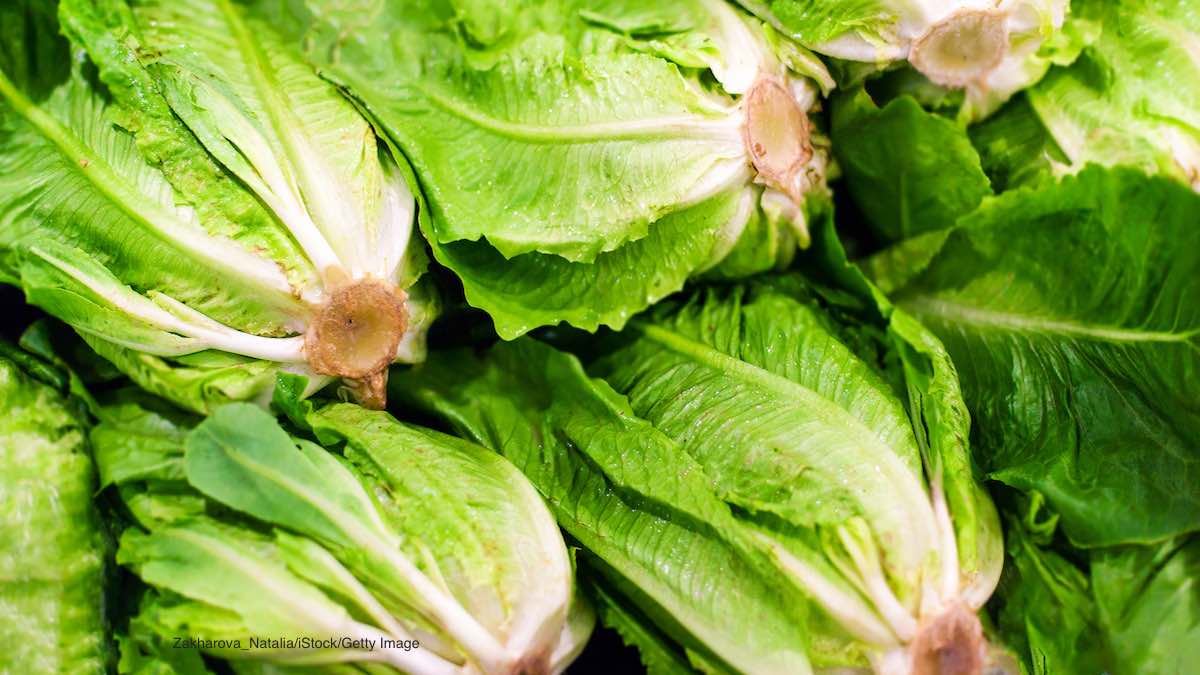The Romaine lettuce E. coli O157:H7 outbreak that has sickened at least 32 people in 11 states in the United States has also sickened 22 people in Canada, according to Public Health Canada. Romaine lettuce has been identified as the outbreak source in both countries.

The patient case count by province in this romaine lettuce E. coli O157:H7 outbreak is: Ontario (4), Quebec (17), and New Brunswick (1). The illnesses began between mid-October and early November 2018. Eight people have been hospitalized, and one person has developed hemolytic uremic syndrome (HUS), which is a kind of kidney failure.
And the illnesses in this romaine lettuce E. coli outbreak are genetically related to illnesses reported last year that sickened people in both countries. This “suggests there may be a recurring source of contamination,” according to the Public Health Canada notice. Investigators are using evidence in both outbreaks to identify the possible source of contamination.
Because this outbreak is ongoing, officials think that contaminated lettuce is still on the market. It may be in restaurants, grocery stores, and in any establishment where food is sold. The Public Health Agency of Canada is telling consumers who live in Ontario, Quebec, and New Brunswick to avoid eating romaine lettuce and salad mixes containing romaine lettuce until they know more about this outbreak. Do not buy any romaine lettuce products, and check your refrigerator. If you have any foods that contain this leafy green, discard them immediately. Do not eat whole heads of romaine, hearts of romaine, and bags and boxes of precut lettuce and salad mixes that main contain the green, including baby romaine, Caesar salad, and spring mix.
Lettuce can become contaminated with E. coli bacteria just like any other food product. The bacteria may be in the soil in the fields, in improperly composted manure, or in irrigation water. Animals defecating in the fields can also cause this contamination. Because the outbreak is so widespread, contamination most likely occurred in the field.
Most of the people sickened in this outbreak said they ate romaine lettuce the week before they got sick. They consumed the leafy green art home, in prepared salads purchased at various grocery stores, and in menu items at restaurants and fast food chains. To date, all products in Canada that have been tested have been negative for the pathogen.
If you have eaten romaine lettuce and have been sick, see your doctor. The symptoms of an E. coli infection include nausea, vomiting, severe stomach and abdominal cramps, a mild fever, and watery or bloody diarrhea.




